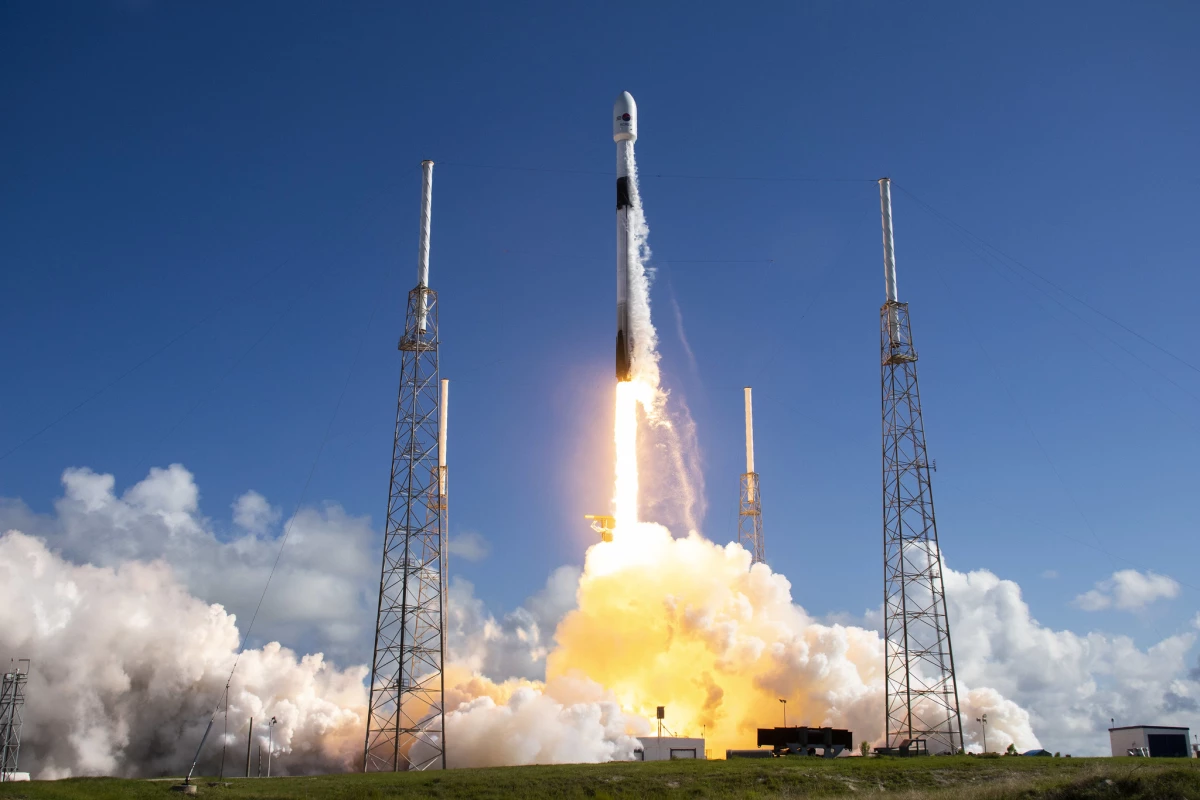SpaceX and NASA appeared all set to kick off a new era in spaceflight later this month, with the Crew-1 mission to the International Space Station scheduled for October 31. That date has now been pushed back following a mishap on the launchpad during a separate SpaceX mission earlier this month, with the agency allowing the company time to get to the bottom of the issue before launching its astronauts into space for just the second time.
The upcoming Crew-1 mission follows the successful completion of the history-making Demo-2 mission earlier this year, where SpaceX ferried a pair of NASA astronauts to and from the International Space Station (ISS) in its Crew Dragon capsule. This was a final hurdle in the demonstration phase of the program, with NASA and SpaceX setting a commencement date for the beginning of routine trips to the orbiting laboratory soon after.
But plans for a late October lift-off have been scrubbed in favor of an early-to-mid November launch, NASA announced this week. This is to provide ”additional time for SpaceX to complete hardware testing and data reviews as the company evaluates off-nominal behavior of Falcon 9 first stage engine gas generators observed during a recent non-NASA mission launch attempt,” the agency said in a statement.
The incident it refers to took place on October 3, as SpaceX prepared to launch a satellite into space for the US Airforce using its Falcon 9 rocket. The launch was aborted prior to take off, which CEO Elon Musk went on to explain on Twitter was the result of unexpected pressure build up in the turbomachinery gas generator, which powers the rocket’s Merlin engines.
Unexpected pressure rise in the turbomachinery gas generator
— Elon Musk (@elonmusk) October 3, 2020
All going well, the November Crew-1 mission will see the Crew Dragon carry four NASA astronauts to the ISS for a six-month science mission. This will be the first of routine trips to the ISS for the Crew Dragon as NASA moves away from its reliance on Russian-built spacecraft through its Commercial Crew Program, which also includes the under-development Starliner capsule from Boeing.
Source: NASA




